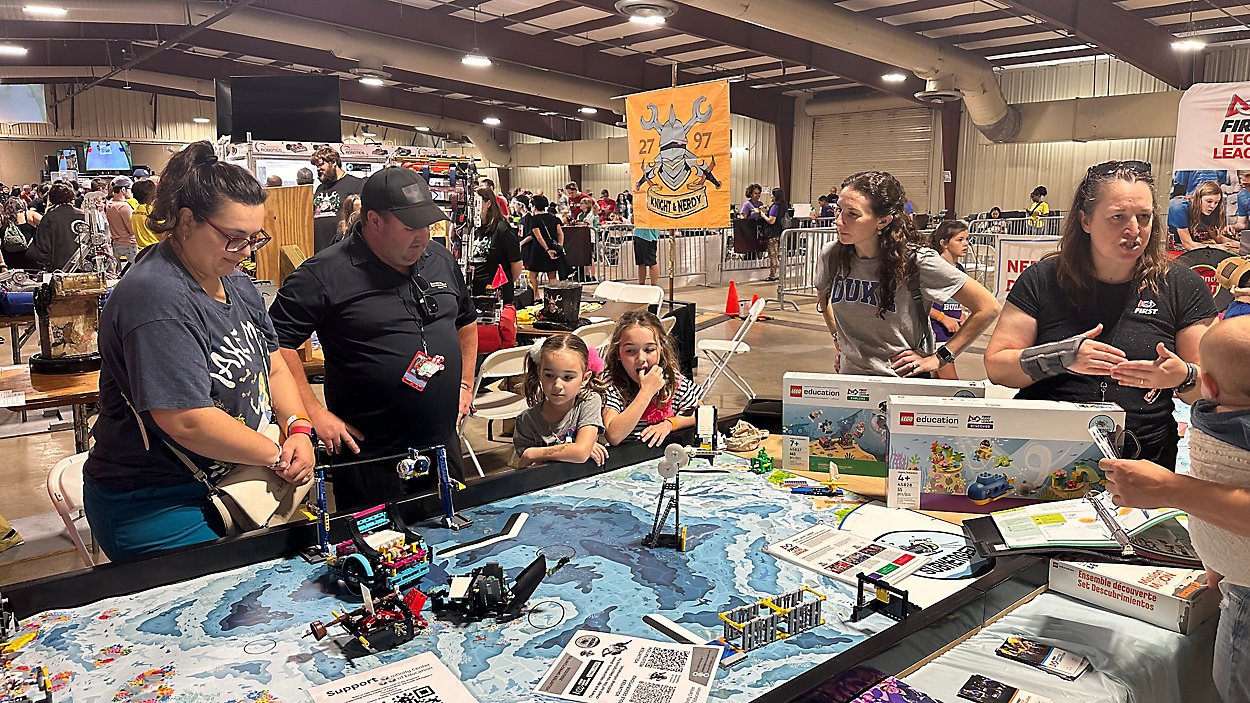Makerspace on a Budget: How to Start with Almost No Money
Building a Makerspace Without Breaking the Bank
A common misconception about makerspaces is that they require expensive tools and high-tech equipment to be successful. In reality, the best makerspaces start small, using low-cost materials and engaging projects to generate excitement and buy-in from students, teachers, and the community. Before investing in 3D printers or laser cutters, you need proof of concept—a way to demonstrate the value of hands-on learning with almost no money.
Start with Low-Cost, High-Impact Projects
You don’t need a massive budget to get students excited about making. The key is to use accessible materials that introduce fundamental STEAM concepts while sparking curiosity. Here are some simple, budget-friendly project ideas to get started:
Repurpose motors from old toys or electronics.
Use household items like corks, toothbrush heads, and plastic spoons as parts for motorized projects.
Coding Without Expensive Tech
Use free block-based coding platforms like Scratch or MakeCode to introduce programming.
Have students design interactive stories or games using just a Chromebook or old laptop.
Explore unplugged coding activities with cups, arrows, and grids to teach logic.
Light Up the Room with LEDs & Circuits
Use coin cell batteries, copper tape, and LED lights to teach students the basics of circuits.
Have students create paper circuits, LED greeting cards, or glowing artwork.
Introduce simple switches using paperclips, binder clips, or aluminum foil.
Cardboard Creations: The Ultimate Free Resource
Cardboard is versatile, free, and perfect for prototyping.
Build mechanical automata, arcade games, or architectural models.
Combine with paper fasteners, glue, and tape for movable parts.
Add hobby motors or LEDs to bring creations to life.
Hobby Motors & Simple Mechanics
Small DC motors (often under $1 each) can be used to create scribble bots, vibrating creatures, and moving automata.
Get Materials for Free or Cheap
If you’re on a budget, getting creative with sourcing materials is key. Here’s how to build up your supplies without spending much (or anything at all!):
Ask for Donations
Parents, local businesses, and community groups often have extra supplies they’re willing to donate.
Create a wish list with specific needs like cardboard, tape, scissors, old electronics, and motors.
Reach out to hardware stores, print shops, and tech companies for scrap materials.
Tap Into School & Library Resources
Many schools already have hidden STEAM resources like LEGOs, old computer parts, and craft supplies.
Work with school librarians or IT staff to repurpose old tech.
Leverage public library makerspaces for additional support.
Find Free or Low-Cost Electronics
Thrift stores, recycling centers, and electronic waste programs are gold mines for old gadgets.
Disassemble old printers, toys, and computers to harvest motors, wires, and gears.
Use online communities like Buy Nothing groups, Freecycle, or Craigslist’s free section.
Building Momentum for Your Makerspace
Once you’ve started with low-cost projects, the real magic happens when you get others excited. Use these strategies to build momentum:
Showcase Student Work
Host a mini maker fair or showcase event at school.
Display student projects in hallways, newsletters, and social media.
Create a simple website or blog highlighting projects.
Get Teacher & Admin Buy-In
Demonstrate how making supports core subjects like math, science, and literacy.
Provide quick, easy-to-run activities that teachers can use in their classrooms.
Connect makerspace projects to schoolwide themes or initiatives.
Involve the Community
Invite parents, local artists, or STEM professionals to lead workshops.
Partner with local businesses, museums, or libraries to expand opportunities.
Look for small grants and micro-funding opportunities to grow your program.
Final Thoughts: Start Small, Dream Big
Makerspaces don’t have to be big, expensive, or fully stocked from day one. Some of the best spaces start with nothing but curiosity and a few basic materials. By proving the value of hands-on learning with budget-friendly projects, you’ll build a thriving community of makers and open doors to future funding and expansion. Start small, get creative, and watch your makerspace grow!



